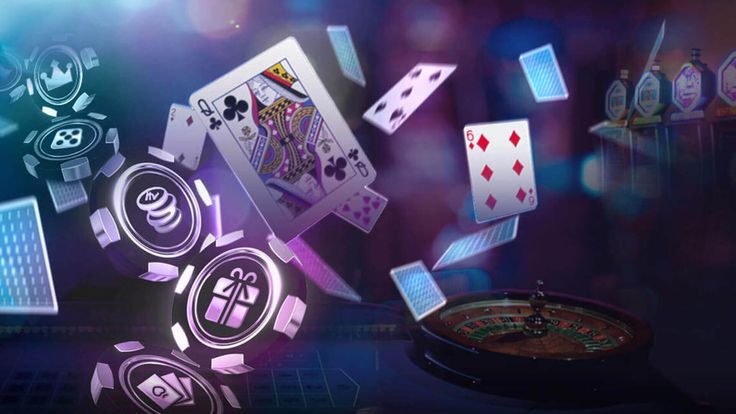Introduction:
Slot machines have been a mainstay in the world of gambling and entertainment for well over a century. From their humble beginnings as mechanical devices to the sophisticated digital marvels we see today, slots have evolved into an integral part of casinos worldwide. In this article, we’ll take a journey through the history of slot88 machines, explore how they work, and delve into the innovations that have shaped this thrilling form of entertainment.
The Birth of the One-Armed Bandit:
The first slot machine, often referred to as the “one-armed bandit,” was born in the late 19th century. Charles August Fey, a San Francisco mechanic, created the Liberty Bell in 1895, a mechanical slot machine featuring three spinning reels adorned with symbols like horseshoes, stars, and playing card suits. The Liberty Bell marked the beginning of the slot machine era, with players pulling a lever to set the reels in motion.
Mechanical Marvels:
For several decades, slot machines remained purely mechanical devices. Players pulled the lever, and the reels would spin, eventually coming to a stop to reveal a combination of symbols. Payouts were determined by the alignment of these symbols. The mechanical nature of these early machines gave rise to various designs, from the iconic fruit machines to the classic BAR symbols.
Electromechanical Evolution:
In the mid-20th century, slot machines underwent a significant transformation with the advent of electromechanical technology. This allowed for more elaborate designs, including the introduction of multiple paylines and the iconic “wild” symbols. The Bally Company’s Money Honey, introduced in 1963, was a groundbreaking machine that featured automatic payouts of up to 500 coins.
The Digital Revolution:
The late 20th century brought about the digital revolution, and slot machines were quick to embrace this technological shift. The introduction of video slots in the 1970s and 1980s allowed for more dynamic graphics, engaging bonus features, and thematic variety. These machines were no longer confined to physical reels but displayed the outcomes on video screens.
Random Number Generators (RNGs) became a critical component of modern slot machines. Instead of relying on mechanical processes, RNGs ensure that each spin is independent and purely random. This increased fairness and unpredictability, enhancing the excitement for players.
Online Slots and Mobile Gaming:
The advent of the internet in the 1990s paved the way for online casinos, bringing the thrill of slots to a global audience. Online slots retained the core principles of their land-based counterparts while offering additional features, such as progressive jackpots that accumulate across a network of games.
With the rise of smartphones, mobile gaming became the next frontier for slot machines. Players could now enjoy their favorite slots on the go, anytime and anywhere, further expanding the reach of this popular form of entertainment.
Innovations in Gameplay:
Modern slot machines are a far cry from their mechanical ancestors. Advanced graphics, immersive sound effects, and intricate storylines contribute to a captivating gaming experience. The introduction of 3D graphics and virtual reality has taken slot gaming to new heights, creating an even more immersive and engaging atmosphere for players.
Conclusion:
From the clunky mechanical devices of the late 19th century to the sleek, digital wonders of today, slot machines have come a long way. The constant evolution of technology continues to shape the landscape of slot gaming, ensuring that these captivating machines remain a source of excitement and entertainment for generations to come. Whether you’re pulling the lever of a classic one-armed bandit or spinning the reels of a cutting-edge video slot, the allure of slots persists, offering a thrilling experience that transcends time and technology.

